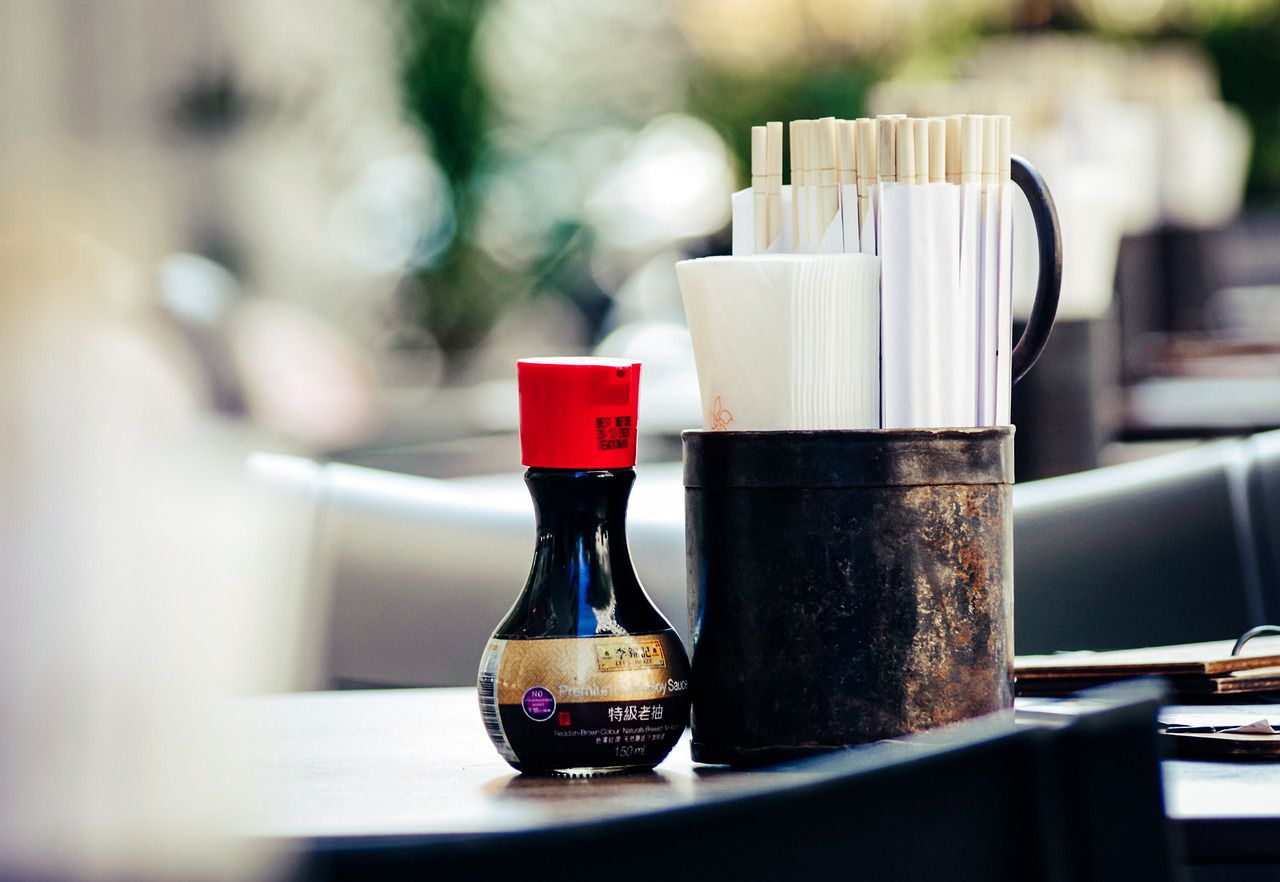While some people only use soy sauce when eating sushi, if at all, it can actually be beneficial in many other dishes.
Adding soy sauce while boiling grains, such as rice or quinoa, can enhance the flavor and add a savory umami depth to the dish.
Here's why you might consider using soy sauce in this way.
Flavor Enhancement
Soy sauce is rich in umami, which is one of the five basic tastes alongside sweet, sour, bitter, and salty.
Umami adds a savory, meaty, and satisfying flavor to foods.

By adding soy sauce while boiling grains, you infuse the grains with this complex taste, making them more flavorful and enjoyable to eat.
Aromatics and Aesthetics
Soy sauce contains compounds that release aromatic molecules when heated.
This can contribute to a pleasant smell while the grains are cooking, enhancing the overall sensory experience of the dish.
The visual appeal of the grains might also improve due to the darker color imparted by the soy sauce.
One-Pot Cooking
Adding soy sauce while boiling grains allows you to incorporate seasoning directly into the cooking process.
This means you won't need to season the grains separately after they are cooked, simplifying the preparation and reducing the need for additional ingredients.
Uniform Flavor Distribution
Boiling grains with soy sauce ensures that the flavor is evenly distributed throughout the dish.
This can be especially beneficial if you're making a dish with mixed ingredients, as the soy sauce will infuse the entire mixture with its umami goodness.









